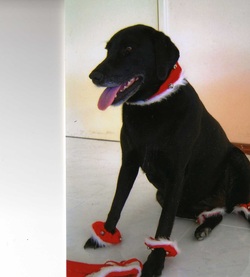 Elfador
Elfador Not convinced there's power in a name?
Example One
Wally Conron, puppy-breeding manager of the Royal Guide Dog Association of Australia in the 1980's, describes why he renamed his poodle x labrador puppies. No one was interested in them until:
"By eight weeks of age, the puppies still hadn't found homes. Frustrated and annoyed with the response to the trio of cross-breeds I had carefully reared, I decided to stop mentioning the word cross-breed and introduced the term labradoodle instead to describe my new allergy-free guide-dog pups.
It worked – during the weeks that followed, our switchboard was inundated with calls from other guide-dog centres, vision-impaired people and people allergic to dog hair who wanted to know more about this “wonder dog”. My three pups may have been mongrels at heart – but the furore did not abate." (1)
You brand your product. It sells.
Wally Conron also mentioned his concerns after coining the name "Labradoodle":
"I quickly realised that I’d opened a Pandora’s box when our next litter of ten labradoodles produced only three allergy-free pups.
I began to worry, too, about backyard breeders producing supposedly "allergy-free" dogs for profit. Already, one man claimed to be the first to breed a poodle- Rottweiler cross!
Nothing, however, could stop the mania that followed. New breeds began to flood the market: groodles, spoodles, caboodles and snoodles. Were breeders bothering to check their sires and bitches for heredity faults, or were they simply caught up in delivering to hungry customers the next status symbol? We’ll never know for sure.
Today I am internationally credited as the first person to breed the labradoodle, but I wonder, in my retirement, whether we bred a designer dog – or a disaster!" (1)
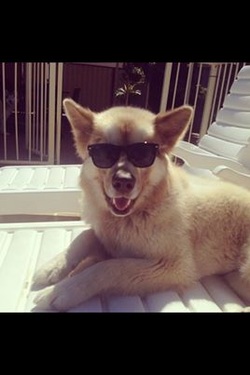 Mala-Way too cool for YOUR-ute
Mala-Way too cool for YOUR-ute One rescue centre's adoption campaign used the very principle that a name sells to increase adoptions of abandoned dogs. They gave designer names to the dogs. No two names were the same, each dog was a unique “design” just waiting for a forever home. They had a subsequent increase in adoptions. It was a win-win-win situation for all involved;
- the adoption centre saved a dog, received income and more space to save more dogs,
- the dog got a new forever home, and
- the adopter got a new family member at a reasonable price.
In Part Three of this designer dog series I'll talk about where our dogs actually come from. It may shock you.
Hear Wally Conron interviewed here.
See Wally Conron interviewed on the Project (from 19.00 - 22.35) - I had to post the whole video.
(1) Read Wally Conron's labradoodle story here.
NB The links I provide contain valuable information but do not imply that I agree with all content in its entirety.


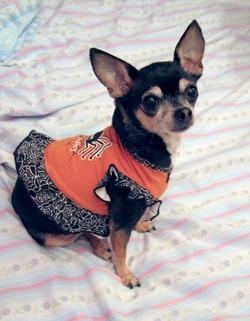
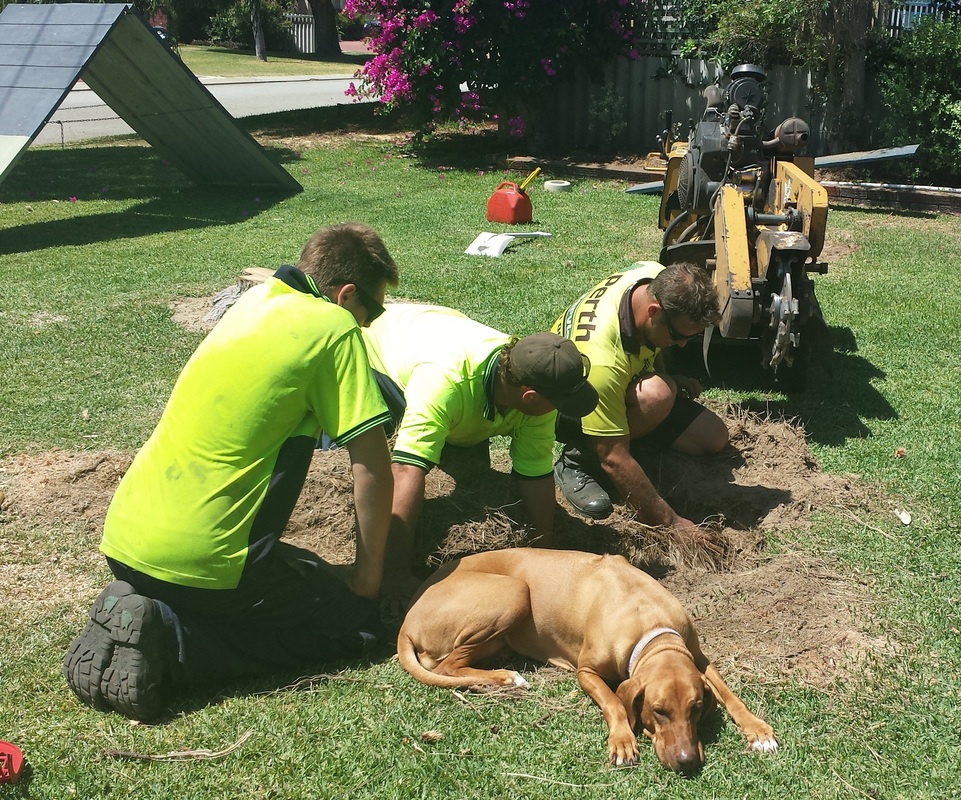
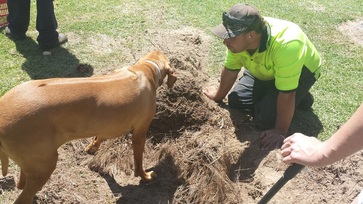
 RSS Feed
RSS Feed